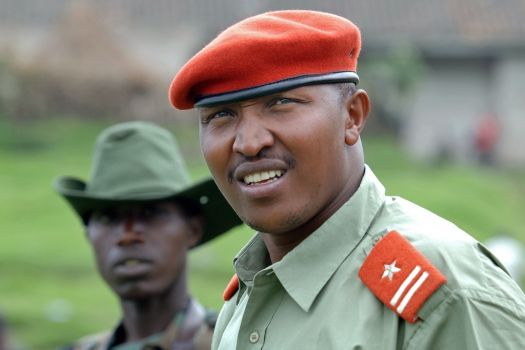
By Andrew Wallis
Congo (DRC) – There are many images that convey the complexity of the situation in the Democratic Republic of Congo (DRC) and this crisis-torn region of Africa. The sight of 280 fully armed Rwandan special forces dressed in Congolese army fatigues, striding purposefully across the border back into their homeland from the DRC in early September 2012 is but one.
The withdrawal is the latest phase in the efforts of regional and international actors to resolve the immediate damage caused by the revolt of the M-23 militia (see “DR Congo: the politics of suffering“, 5 September 2012). But a longer-term settlement requires much more: ending the violence and restarting the political process, thereby giving the population of the North and South Kivu regions – who are almost forgotten amid all the high-profile accusations – a chance to live securely and peacefully. This in turn raises the pressing need to ditch the blame-game. For too long, making short-term political capital from the crisis has become the default position for all sides – states, NGOs, the United Nations, extreme nationalist groups, and the international media. The appalling consequences have been felt by civilians in the region and in diaspora communities in Europe.
The M-23 and Kinshasa
In the view from the DR Congo’s capital Kinshasa, the M-23 revolt was caused by the international-community’s insistence that the militia leader Bosco Ntaganda should be arrested and transferred to the International Criminal Court (ICC) in The Hague for trial over alleged war crimes.
The Ntaganda issue was ostensibly dealt with under the Nairobi peace agreement of 2009 with the DRC president, Joseph Kabila. This provided for Ntaganda’s full integration – along with other former members of the Congrès national pour la défense du peuple (CNDP) militia – into the Congolese army (the Forces Armées de la République Démocratique du Congo [FARDC]). Rwanda was also party to the agreement and assisted the integration progress, but the latter was in essence a Congolese government issue.
In February-March 2012, after the request came to arrest Ntaganda, DRC officials met their Rwandan counterparts to gain support for his detention and to help facilitate the movement of ex-CNDP soldiers now serving with FARDC into other areas of the DRC. It is noteworthy here that the UN force in the region – the United Nations Organisation Stabilisation Mission in the Democratic Republic of Congo (Monusco) – was deployed next to Ntaganda and could itself easily have made the arrest on behalf of the international community and the ICC. Instead, on 7 April, Ntaganda – after hearing rumours that he would be held – disappeared with 200 men.
What happened next is unsurprising, as the revolt mushroomed from a small-scale mutiny into a regional (and national) threat. Was this because Ntaganda is a trusted military genius? Unlikely, because he is a figure disliked even by those in his own ranks, and certainly lacks the “messianic” charisma of former CNDP leader, Laurent Nkunda. More probable is that the success of the revolt, in its ability to recruit widely from among differing ethnic groups, lies in the deep discontent within the ranks of the FARDC.
The causes of this unrest include poor pay and conditions, and command disorganisation that the revolt has vividly highlighted. What started as a movement of less than 200 soldiers has now become a far broader and ethnically diverse problem. More than 80% of M-23 soldiers are estimated to be from the Hutu, Bashi, Nande, and Barega groups, with even members of President Kabila’s own protection services defecting and joining the rebels. The fact that the FARDC could not arrest one man or quickly terminate the revolt in its early days – even when assisted by thousands of Monusco troops – displays its failure as a credible military unit.
For some time, ex-CNDP officers now integrated into the FARDC had been complaining that Kabila’s government had failed to implement basic tenets of the 2009 agreement. They cited the massacre of fifty of their colleagues who had already been redeployed from Kivu to Dungu in Orientale Province. No DRC government investigation had occurred and they now feared the same would happen if they too were transferred from their “home” territory.
This context helps explain how Kinshasa can displace political embarrassment over the large-scale defections from the FARDC: namely, by attributing the success of the M-23 revolt to Rwandan interference. It is very likely that M-23 has recruited Congolese Rwandan refugees who had fled across the border to camps in Rwanda; who have longstanding grievances over the DRC government’s failure to grant them the land rights, the citizenship and the anti-discrimination protection that they had sought for decades; and who have now taken the opportunity to fight Kinshasa’s forces.
But it is far harder to find proof that well-trained and heavily armed Rwandan troops are present across the border, and it is surprising that UN or United States satellite or other visual surveillance evidence has not been used to verify – or deny – their existence.
The FDLR: Taking aAvantage
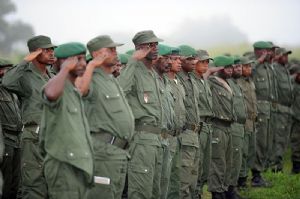
The media and government focus on M-23 has been good news for the Front Démocratique pour la Libération du Rwanda (FDLR) and other militias looking to gain economically from the crisis. The presence of the FDLR in the region has been the main security bugbear for both Banyamulenge (Congolese Tutsi settlers) and the Rwandan government.
An agreement with Kabila’s government to defeat the FDLR had led to the deployment of Rwandan special-service troops in the bush for the past two years, serving alongside two companies of the FARDC’s special forces; it was the remaining two companies of this contingent (those referred to at the start of this article) that began to be withdrawn at the end of August 2012, as a result of the crisis between the DRC and Rwandan government over the M-23.
This makes it somewhat ironic that from May to August 2012, Congolese politicians (notably foreign minister Raymond Tshbanda) had called on the UN to take action against Rwanda for alleged interference in Kivu, even when Rwandan troops had been continuing this joint operation on Congolese soil (and when in private there have been meetings between the two sides). Their presence showed a confusion within the Kinshasa government, with its spokesman Lambert Mendé Omalanga having denied initially they were still fighting alongside the FARDC in Kivu.
The danger now is that politics have ended this joint anti-FDLR operation – and with the searchlight on the latter’s activities turned off, that militia violence against the civil population will be free to escalate. The UN High Commissioner for Human Rights, Navi Pillay, issued a report on 29 August citing massacres of hundreds of women and children in forty-five separate attacks on villagers by FDLR militiamen, and reprisal attacks by the Raia Mutumboki militia. This report and attacks have received almost no media coverage.
It is also notable that while the ICC demanded that Ntaganda be handed over (the pretext for the revolt), it has been far less proactive in pressing the DRC government to hand over FDLR leader Sylvestre Mudacumura, who is also wanted in the Hague for similarly appalling war crimes. Again, for political reasons, the international media and human-rights groups have been eerily silent on Mudacumura compared with the wealth of attention on Ntaganda.
Earlier in 2012, the ICC made a surprising judgment in releasing the FDLR’s executive secretary Callixte Mbarushimana, citing “a lack of evidence”. This former UN employee is also wanted in Kigali for alleged direct involvement in the Rwandan genocide. More than twenty people have given sworn statements of his complicity in the killing of his own UN colleagues of Tutsi background.
The Violence in the Diaspora
The revolt of M-23 has sparked far greater questions concerning ethnic diversity and toleration in both the DRC and within diaspora communities in Europe and north America. In Europe, the gathering momentum of “les combattants” (‘fighters’) – a number of autonomous extremist nationalist Congolese groups that campaign, often violently, against Joseph Kabila and his Rwandan counterpart Paul Kagame, has led to a number of outrages on the streets of Brussels and Paris.
In July a 22-year old Rwandan student had his jaw broken on the metro as he returned home after being attacked by a group of combattants in military fatigues; another young Rwandan was admitted to intensive care after being stabbed in the stomach, and a girl had her head badly burned. The Congolese group is also being blamed for violent assaults on several Rwandans in Paris who had come to greet President Kagame on a visit to the city in September 2011; attacks on Rwanda’s embassies in Europe and a “declaration of war” outside the Paris embassy in July.
The “fighters” are also accused of widespread attacks against moderate or pro-Kabila politicians such as that on DRC senate leader Léon Kengo when he visited Paris in December 2011. The fact that Brussels alone is home to a diaspora community of around 150,000 Congolese and 40,000 Rwandans means there is a clear danger that extremists can use the highly volatile situation in the DRC to justify ethnically-based violence in Europe.
Bishop Elysée, a highly inflammatory preacher and former assistant to Bishop Kutino in Kinshasa, has used his position in the Congolese community to publish a number of youtube videos calling on combattants in Britain, Belgium, France, north America and South Africa to kill Tutsis wherever they are. His diatribes, laced with biblical references, insist that all Tutsi families must be destroyed and all Congolese of Rwandan heritage should be hounded from Congo and killed. His message has, for survivors of the genocide, a chilling resonance to the words of the speakers on the Hutu hate-radio station RTLM in 1993-94. While it may be easy for those outside the Congolese-Rwandan communities to dismiss such attacks as the rantings of a crazed ideologue, it is clear they have an effect on fomenting yet more ethnic hatred.
The Fallout of Crisis
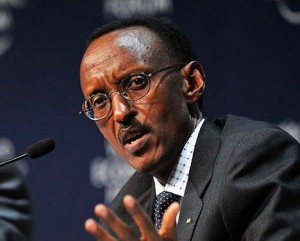
Rwanda has in the eighteen years since the 1994 genocide prided itself on establishing strong internal and external security. Its overarching objective is to keep the Hutu extremist militia (the FDLR) from destabilising and threatening the border region. President Kagame has adamantly refused to countenance a “Waziristan-esque” borderland which threatens Rwandan villages and towns with attacks, as took place in the 1990s. This indeed would threaten the vital economic trade and commerce that now flows to and from the DRC-Rwandan border through to Mombasa and Uganda.
But beyond this, there seems a clear mantra that Kigali is also deeply concerned that long-term Rwandan settlers in the Kivus in the east of the DRC, are threatened by rooted prejudice based on their ethnicity, which the crises of 2008 and 2012 have only exacerbated. There are a growing number of refugee camps inside Rwanda, home to displaced Banyarwanda who have fled from Kivu.
Kabila’s government in Kinshasa, around 1,600 kilometres away from Goma, is in an entirely different situation from that in Kigali. The government, after surviving a highly disputed election at the end of 2011, is in a far weaker state politically; this has fostered indecision and a lack of the radical, clear policy decisions needed to change the decades of economic, social and security problems that blight the country.
In the initial short term, the current crisis has played well for Kabila, in allowing him to shift the political agenda onto troubles in the east, and onto Rwanda in particular. The difficulty now is the ongoing crisis allows critics of the Kinshasa government (many of whom believe it should not even be in power) to use the Kivu situation as just one more stick against it – rather than to seek a constructive solution.
The supporters of the veteran opposition leader and failed presidential candidate, Étienne Tshisekedi, are cranking up nationalist rage on the Kivu crisis. It is reported that “in Kinshasa, people in Gombe district sing religious anthems and change the words to include phrases such as ‘Lord, kill Kabila as you killed his father’ and jump on cars singing the ‘Zaïroise‘, the national anthem of the late President Mobutu Sese Seko’s era.”
The Other Fronts
But the situation in the east is far from Kabila’s only concern.
Kinshasa has recently been battling insecurity not just in the Kivus, but in Bas-Congo, Bandundu in the west, Katanga in the south, and Kasai. Angolan troops have made numerous incursions allegedly to find and neutralise FLEC (Front for the Liberation of the Enclave of Cabinda) rebels. In May 2011 the FLEC occupied twelve villages in Bandundu, displacing 18,000 people in a dispute over a small diamond-rich area of territory claimed by Angola; and over some years they have forcibly expelled tens of thousands of Congolese migrants looking for a better life in a country with a GDP twenty-four times that in their homeland.
Kabila needed Angolan support from its president, José Eduardo dos Santos, during the DRC’s civil war of 1998-2003, and then to help win the presidential election in 2007. He has been mindful, even with these breaches of his borders, not to directly accuse the Angolan leader. Even while the Congolese media has demanded firm action against Angolan enemies – as it has this summer in another context with M-23 – the president in Kinshasa has stayed quiet.
In Katanga, an area of previous strong support for Kabila, opponents are gathering strength and even mentioning secession from the state should the government “fail to allot the Province the 40% share of national tax revenue stipulated by the 2006 constitution. Kabila’s move to appoint his younger brother Zoe as Governor of the province to replace incumbent Moïse Katumbi Chapwe is not helping matters.”
Kabila personally has made few major public pronouncements on the ongoing M-23 situation, but has been talking to Kagame on a number of occasions behind the scenes (a positive sign). While he seems reluctant to criticise the Rwandan president, other senior members of his government have made high-profile speeches and interviews condemning Rwanda for arming and even providing recruits for M-23. Much of the information used has come from a UN Group of Experts [GoE] report that, to Kigali’s evident disgust, was leaked before the Rwandan government had been able to see or comment on it.
In a further twist to the many conspiracy theories and blame for the crisis, Steve Hege, the head of the GoE, was shown to have written a number of highly inflammable articles in favour of the FDLR – which is on the US’s list of international terrorist groups. Hege himself, besides swiftly removing his pro-FDLR articles from his blog, has remained silent on the controversy, as has the UN. The affair is a striking embarrassment for an organisation whose own impartiality in the context of the eastern DRC is already in question.
The UN recently admitted to allowing Monusco aircraft to be used to fly members of the FARDC to visit local Mai Mai militia in a bid to recruit them to fight the M-23. Congolese foreign minister Raymond Tshibanda later denied the FARDC was working with the Mai Mai, which has its own appalling human-rights record. This encourages more questions about why Monusco then flew them to the meeting.
The problems of progress
Both Rwanda and the DRC are suffering politically and economically from the events of the past few months. An end to the crisis and a long-term resolution of the issues underlying the M-23 revolt cannot come soon enough. The bloodshed and upheaval in the Kivus has inflicted yet more trauma on the local population, and this is now spreading to diaspora communities. The only winners are extremist groups using the crisis to promote their own ethnic or political agenda, or (in the case of militias such as the FDLR) to continue to attack the civilian population and loot mineral resources.
The Amani ceasefire of 2008 that ended the previous crisis failed because it was based on a military solution. This time, a political solution is desperately needed, one that involves talks between Kigali and Kinshasa, and (as urgently) between Kinshasa and the Congolese Tutsi community and M-23. There has to be compromise by the DRC government rather than the usual political manoeuvring, for the latter will result only in short-term peace (at best) followed by the emergence of a new Nkunda or Ntaganda in a couple of years’ time. The new process must tackle fundamental problems, including why so many FARDC units have mutinied. This means a radical overhaul of army pay, discipline and condition, ensuring recruits do not need to live off the people they are supposed to be protecting or to join revolts against the government they are meant to be serving.
It is also vital that the two main armed groups of most concern to the respective governments in Kinshasa and Kigali – M-23 and the FDLR – are eradicated by military and political means.
A start has been made by the agreement in Kampala on 8 September among the International Conference on the Great Lakes Region (ICGLR) to establish a “neutral” force to monitor the borders and stamp out all the militia groups. Rwanda and the DRC will each contribute three officers to an expanded Joint Verification Mechanism [JVM], with other ICGLR states – Angola, Burundi Tanzania, Uganda, Kenya, Sudan, Zambia, the Central African Republic and Congo – providing the other observers.
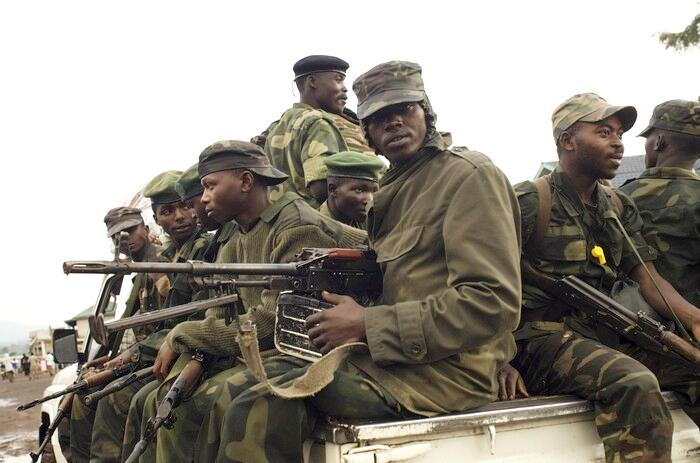
Moreover, an emergency special meeting on the Kivu crisis will take place on 25 September at the UN under the eye of secretary-general Ban Ki-moon. The need for a neutral military force to engage all the destabilising militia groups in the region will be high on the agenda. The DRC is insisting that Rwanda, Burundi and Uganda should not be part of this military force, but should have only an observer role (which Kigali has agreed to). However, Rwanda is keen for a regional solution to this regional problem, pointing out that Tanzania has already promised troops to any military mission.
In July, Kabila called instead for the expansion of Monusco to fight the militias. This seems less likely, in part because this would mean a change to Monusco’s “stabilising” mandate and a highly expensive operational budget; but also because of the UN’s record of failure to stop even one militia group, its previous corruption scandals, and what many see as its partiality.
It would already be hard enough to finance, organise, and deploy a truly neutral force (and one seen to be neutral by all sides) that can deal with the militias. But it remains equally clear that the M-23 issue needs a political solution. The dilemma for Kabila and his government is that the problems in the east are no longer a distraction from the broader sources of political and social unrest in the DRC – rather, they have become a now most unwelcome addition. Even the removal of Ntaganda, if accompanied by any political conciliation with M-23 and the community it represents, could be interpreted by the nationalist opposition in Kinshasa as yet another “sell-out” to “foreigners”.
Tthe leaders of La Francophonie – including France’s president, Francois Hollande – will descend on Kinshasa on 12 October 2012 for the organisation’s fourteenth summit. Its theme is “Francophonie: environmental and economic stakes in the face of global governance”. For President Kabila it is a chance to show himself on a global stage and portray his country in a positive light. Kabila will attempt to shrug off internal opposition jibes about the allegedly rigged 2011 election and growing unrest over the use of internal-security apparatus to “disappear” critical journalists, politicians and lawyers.
But away from the summit’s grandstanding and distraction, Kabila needs to persuade himself and his party that a long-term resolution of the Kivu crisis is in the interest of both the local population, the country and his presidency. As the International Crisis Group report of late 2010 concluded: “The historic, demographic, land, ethnic and economic causes of the conflict in Kivu are not always seen as the strategic stakes in the peace negotiations…A different conflict resolution approach centred on the Congolese population is needed.”
There is possible short-term political and financial damage in pursuing a long-term approach. But to seek to eliminate the militias via military action will be vain and counterproductive unless the very reasons for their existence are addressed. If the crisis-cycle is to be halted, the perceived and real grievances between differing ethnic groups in the region, and the deep-seated suspicion that state security and administration are used against the populace rather than for their benefit, have to be understood and tackled.
The AfricaPaper: Many thanks to Andrew Wallis for this report. First published on openDemocracy.



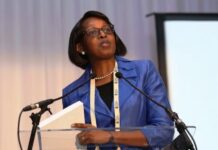

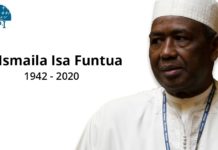
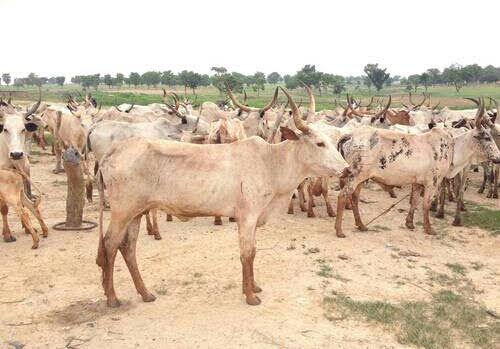
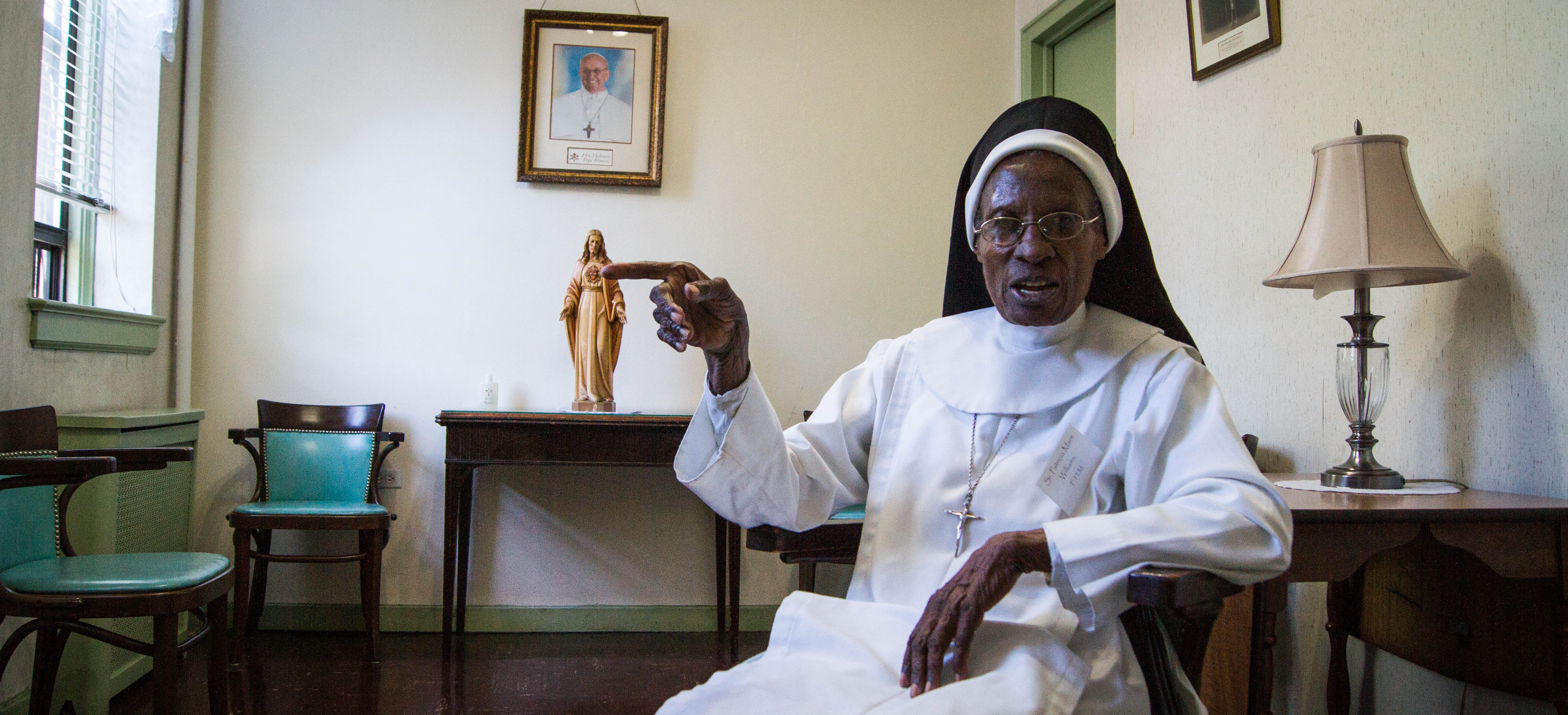
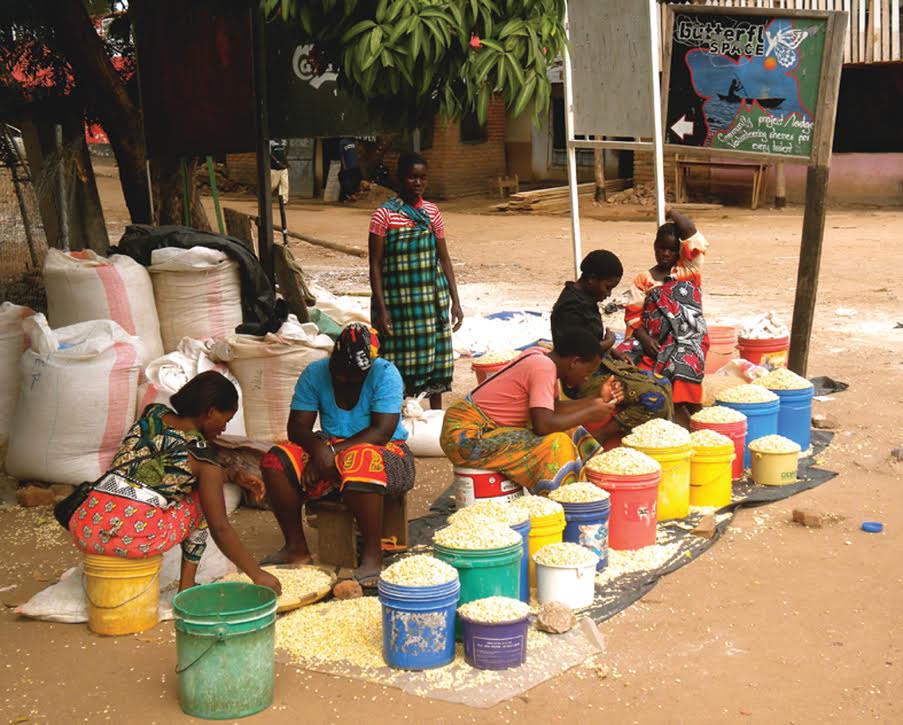
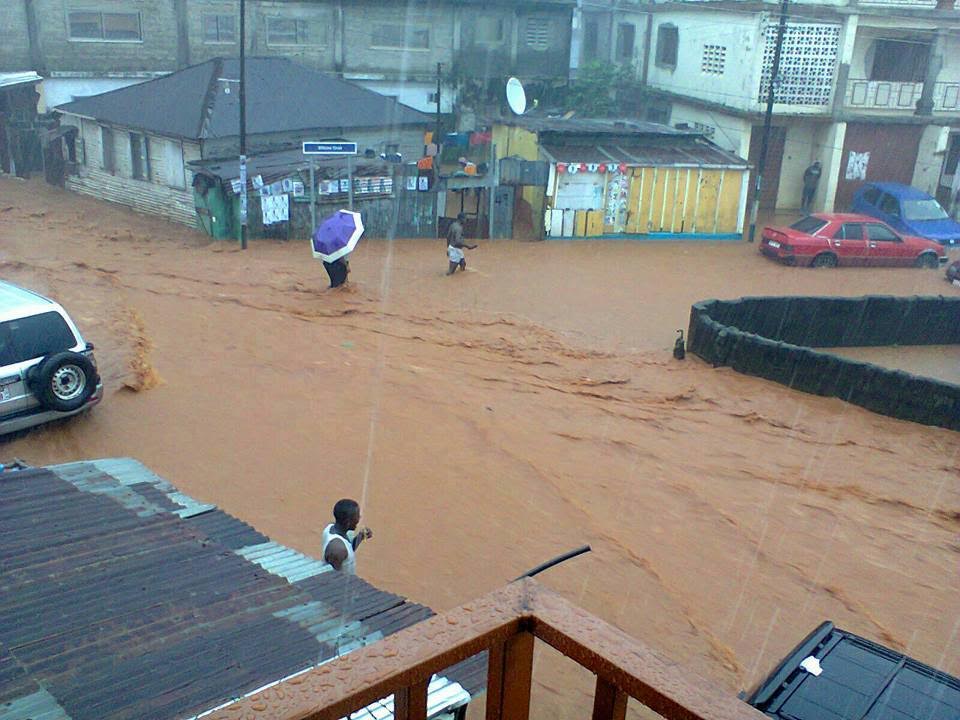
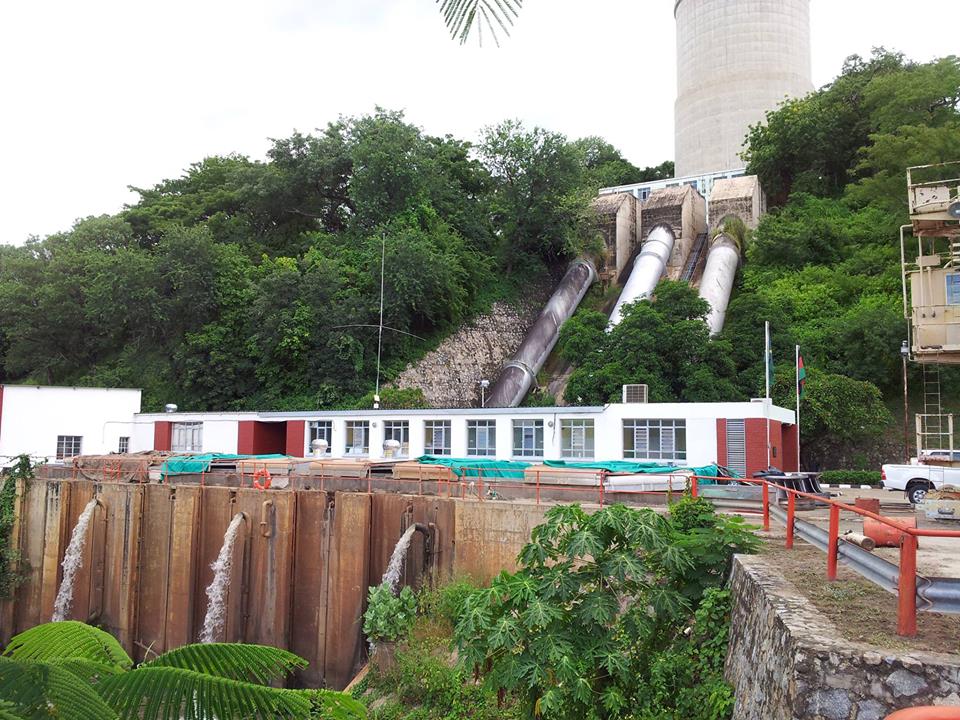
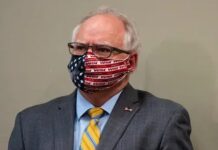
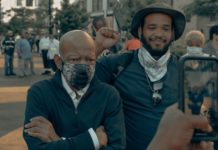
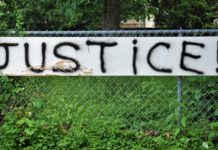
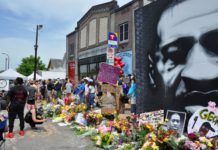
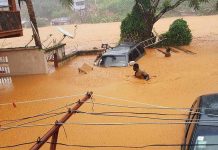
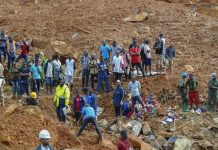
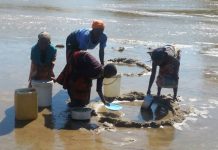
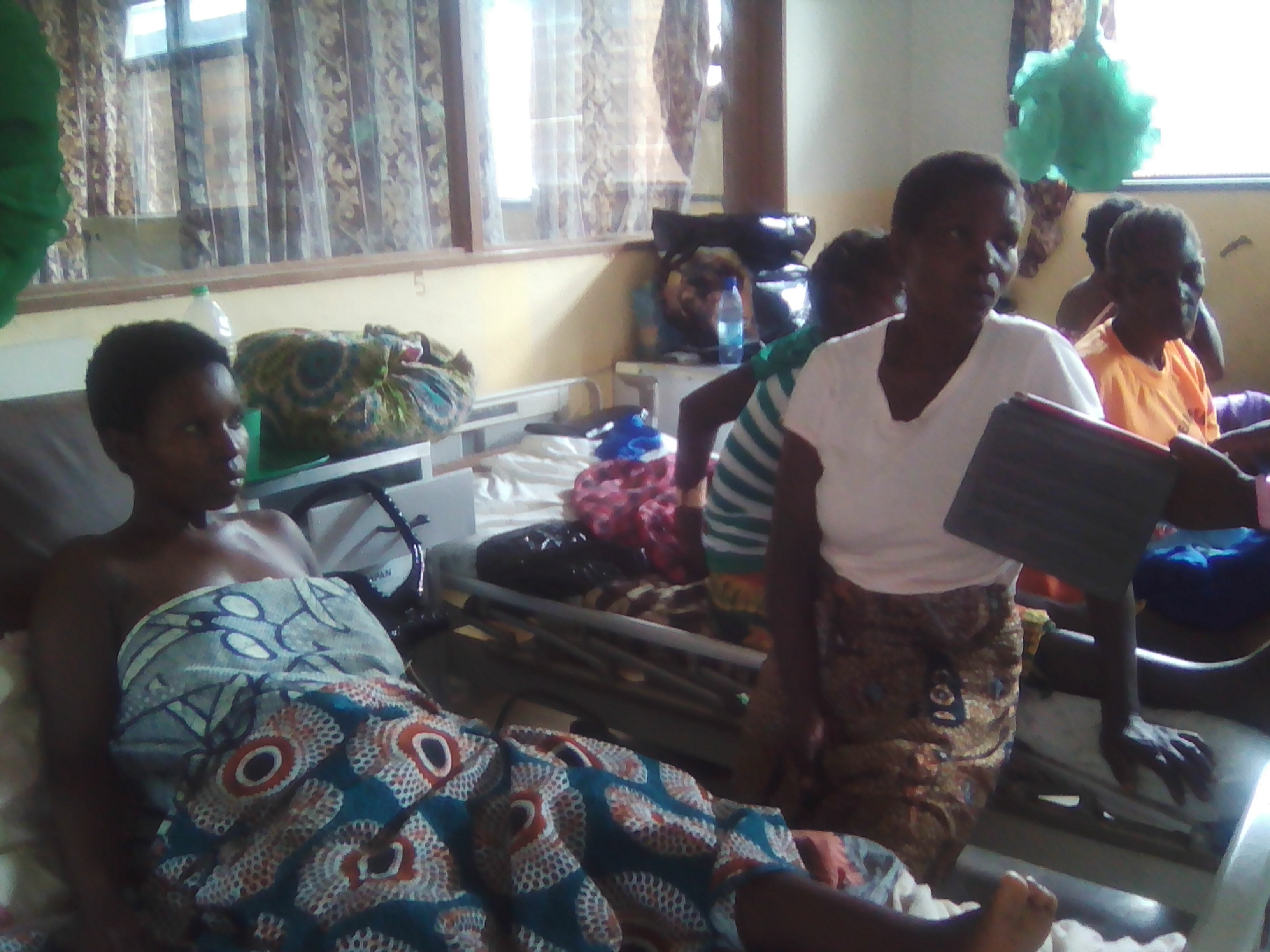
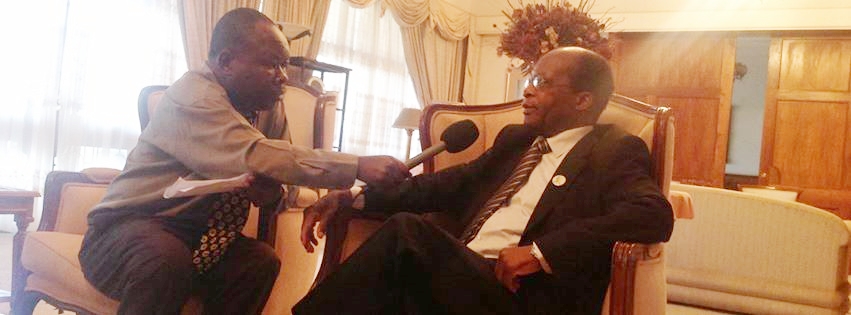

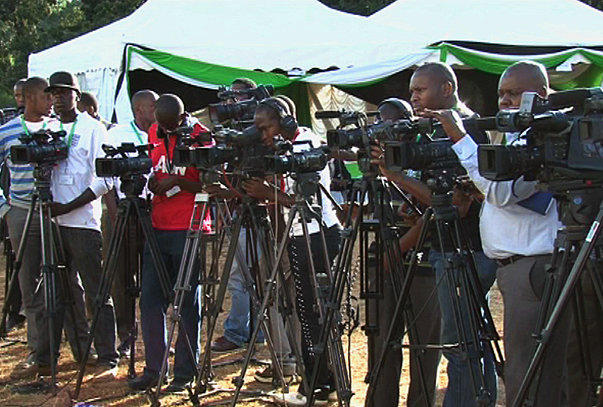
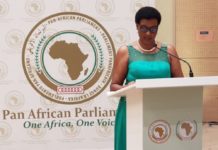
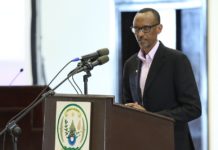
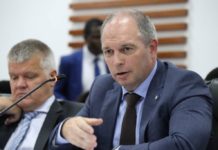
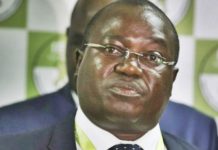
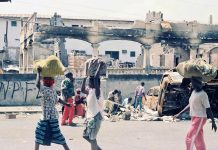
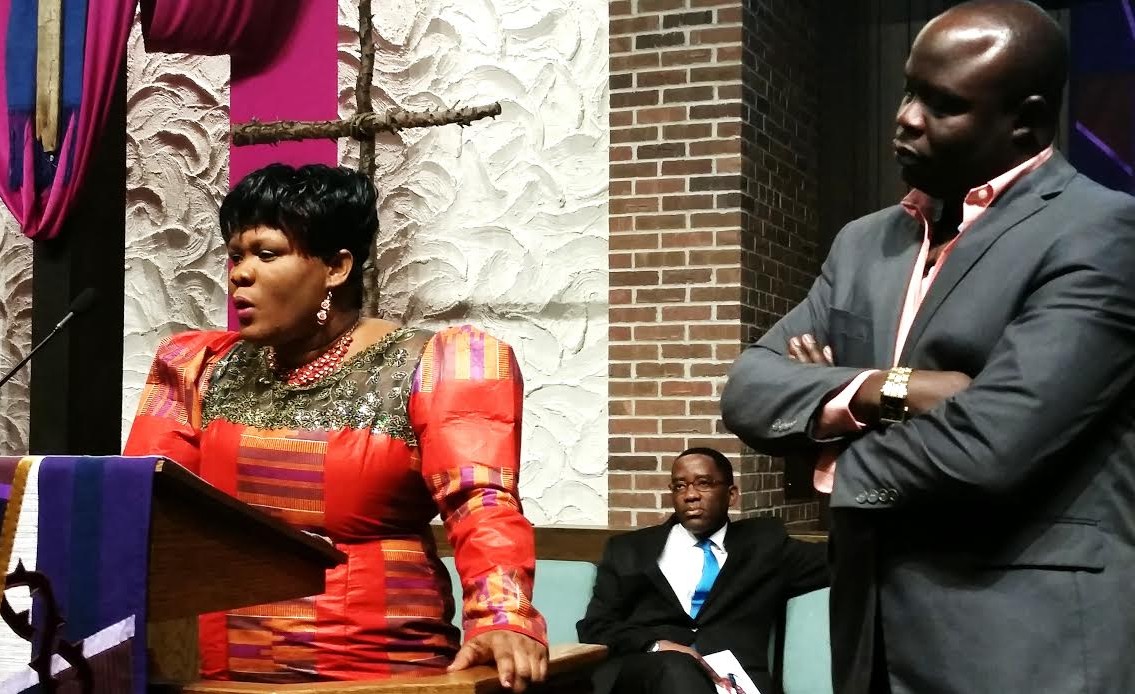


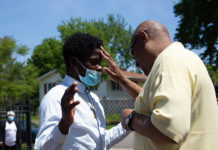
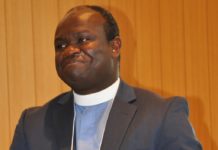
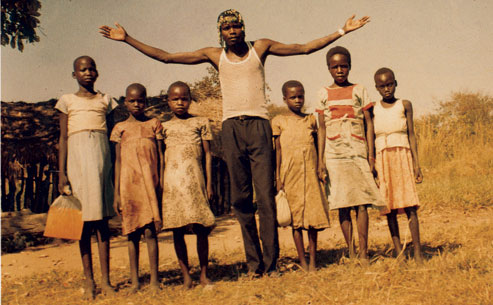
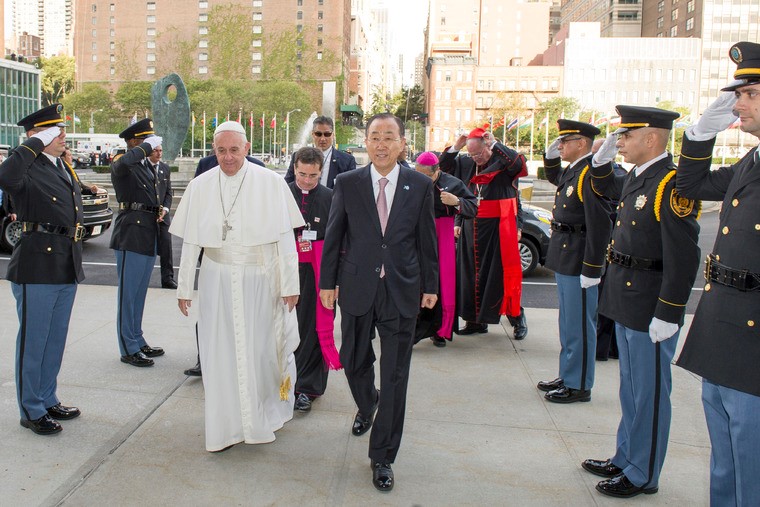








Cet article analyse extraordinairement juste la situation de Grands-Lacs africains. Son auteur est bien informé de la problématique de la question. Nous aurons toujours besoin de vos analyses, Monsieur, s’il vous plait, continuez…
Rien à redire…Bravo Monsieur.
Bene.
Comments are closed.